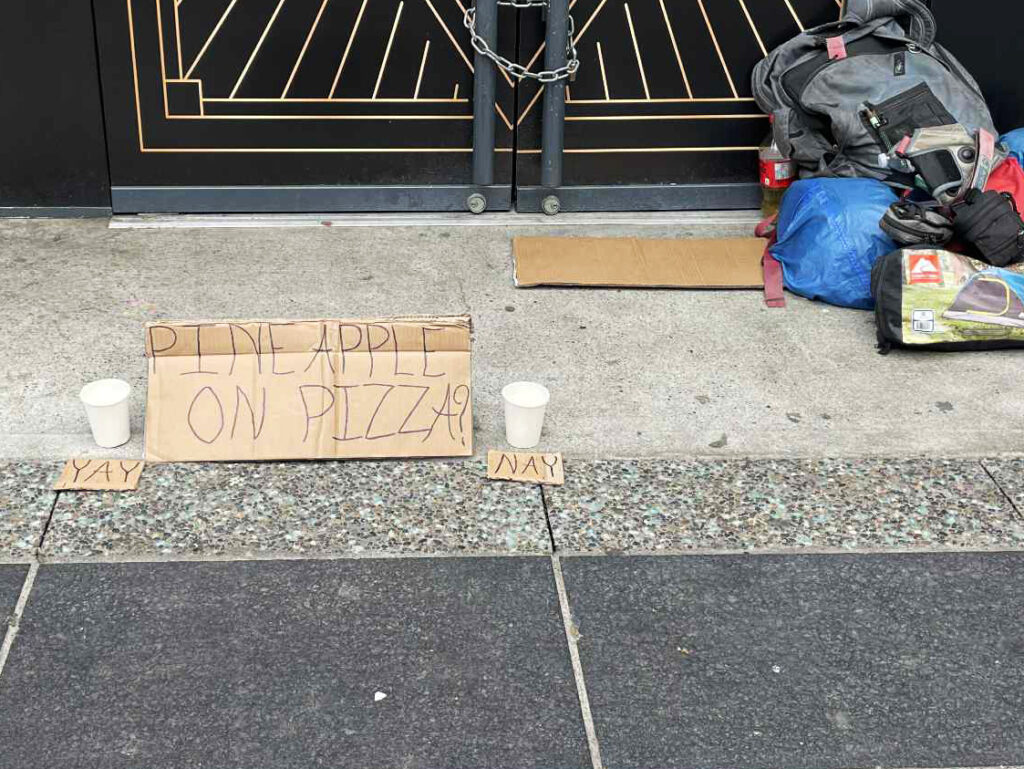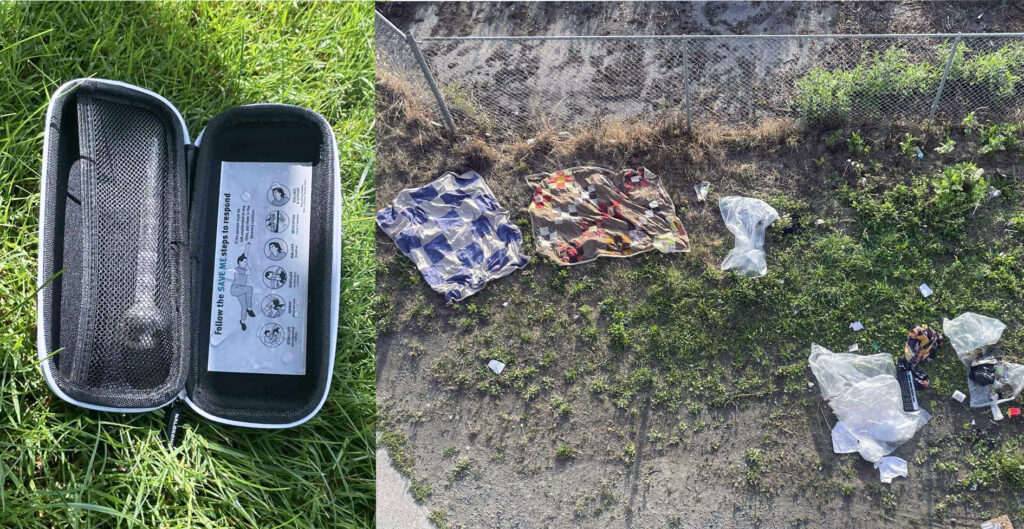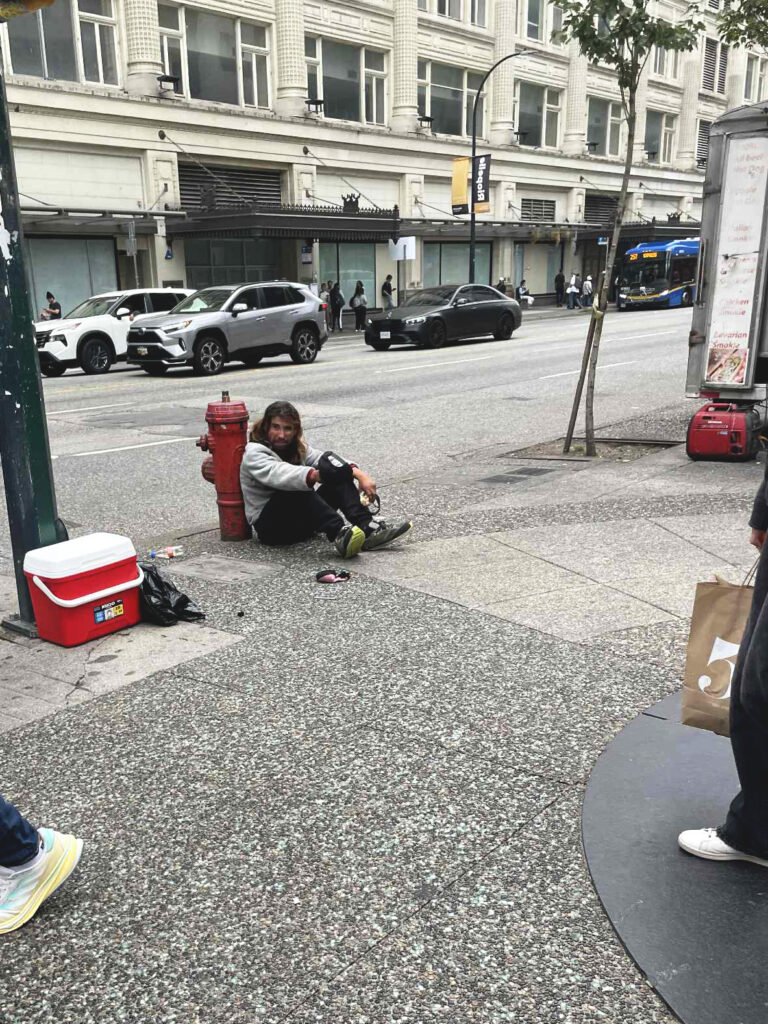
Introduction
In British Columbia, an estimated 26,240 people experienced homelessness at some point in 2021, with Vancouver alone reporting over 4,000 unhoused residents (BC Housing, 2023). Despite the complexity of the causes of homelessness, perceptions often reduce homelessness to an issue of personal failure. New research from Tausen and Fossum (2024) reveals that these beliefs directly influence whether people choose to help or harm those without stable housing, highlighting the critical role of empathy and the dangers of dehumanization in shaping societal responses.

Importance of Humanization
The study, published in the Journal of Applied Social Psychology, found that when people attribute homelessness to structural factors, such as housing or economic inequality, they tend to be more willing to show empathy and help. Conversely, when homelessness is attributed to personal traits, such as laziness or poor choices, it is more likely for individuals to be dehumanized, which can lead to higher support for punitive or restrictive measures being taken (Tausen and Fossum, 2024). This dynamic plays out in real-world policy. In Vancouver, homelessness has been rising for over two decades, driven by gentrification, weak rent controls, and a lack of truly affordable housing (Crompton, 2024). Government interventions have often leaned on market-based solutions, temporary shelters, and policing rather than systemic reforms. As a result, welfare-rate housing continues to disappear, in part due to “social housing” definitions being changed to include units that are not affordable to those on fixed incomes. Advocates estimate that approximately 15,900 units are needed in Vancouver alone, an $8 billion investment, to begin reversing the crisis (Crompton, 2024).
Media coverage also shapes public perception. A rhetorical analysis by Stacey Daoust (2013) found that Canadian media often divides the unhoused into “worthy” and “unworthy” categories, portraying the “worthy” as more sympathetic and less through moral judgment and fear. These narratives are reinforced by emotionally charged language, perpetuate stereotypes, and create emotional distance between housed people and unhoused populations. The consequences of these perceptions are far-reaching. When the public views homelessness as an individual failing, they are more likely to support punitive policies, such as displacement sweeps, or restrictions on public space use, rather than structural solutions like rent subsidies rather than or mental health services (Daoust, 2013). However, when people understand systemic causes, they are more likely to advocate for policies that address root issues.

Working towards ending homelessness
Tausen and Fossum’s (2024) findings suggest that reducing animalistic dehumanization, where people see unhoused individuals as less than fully human, is critical for fostering empathy. Educational efforts that highlight the structural causes of homelessness, alongside personal stories that humanize individuals’ experiences, can help counter harmful stereotypes. This approach not only encourages public support for humane policy reform but also impacts the day-to-day treatment of people experiencing homelessness. The urgency is clear. British Columbia’s homelessness data shows not only a large number of people without stable housing but also a constant flow of newly homeless individuals, over 10,000 in a single year (BC Housing, 2023). Without a change in both policy and public perception, these numbers are likely to climb.
Conclusion
Ultimately, addressing homelessness requires more than bricks and mortar; it requires dismantling the stigma that keeps unhoused people on the margins. As research shows, empathy leads to helping behaviours, while dehumanization breeds harm. Changing how society views homelessness is not just about kindness; it’s about creating the political will to invest in lasting solutions. Suppose Canadians can move away from fear and judgment to understanding and solidarity. In that case, the path towards ending homelessness becomes clearer, and the humanity of every individual can finally take precedence over harmful stereotypes.

References
BC Housing. (2023, December 13). New data released on people experiencing homelessness in B.C. Retrieved from Government of BC: https://news.gov.bc.ca/releases/2023HOUS0179-001995
Crompton, Nathan, (2024, August 23). Homelessness in Vancouver: Numbers, Trends, Analysis for 2024. Retrieved from The Mainlander: https://themainlander.com/2024/08/23/homelessness-in-vancouver-numbers-trends-analysis-for-2024/
Daoust, Stacey, “A Comparative Rhetorical Analysis of Narratives of Homelessness in Canada as Represented in the National Press” (2013). Cultural Analysis and Social Theory Major Research Papers. 4. https://scholars.wlu.ca/cast_mrp/4
Tausen, B. M., & Fossum, J. (2024). Empathy helps, dehumanization harms: Beliefs about the causes of homelessness are (in)directly related to intentions to help and harm those who are unhoused. Journal of Applied Social Psychology, 54, 416–427. https://doi.org/10.1111/jasp.13050

Leave a Reply